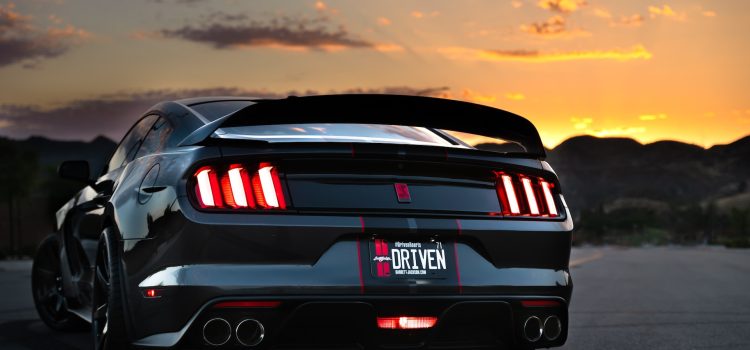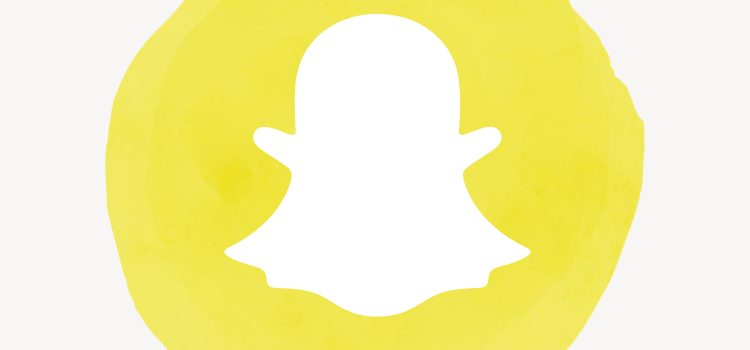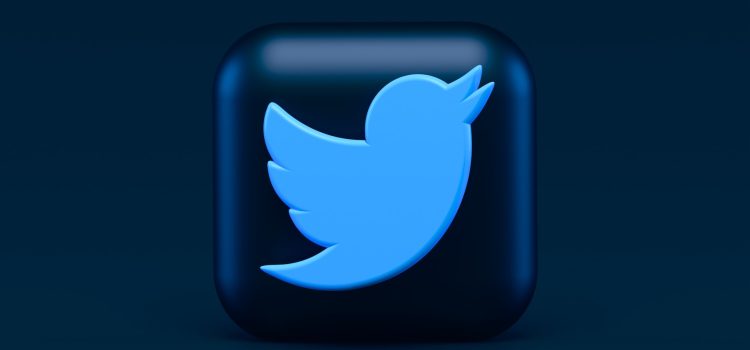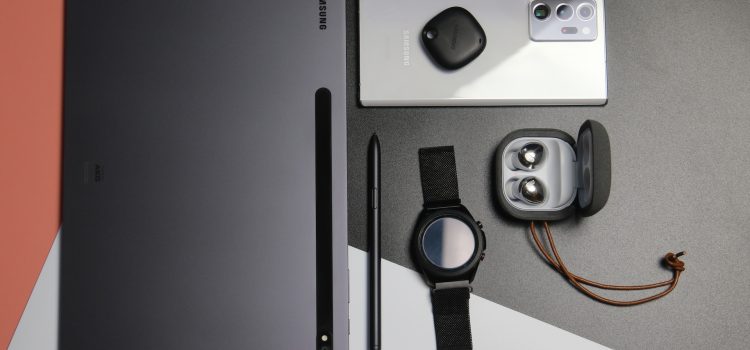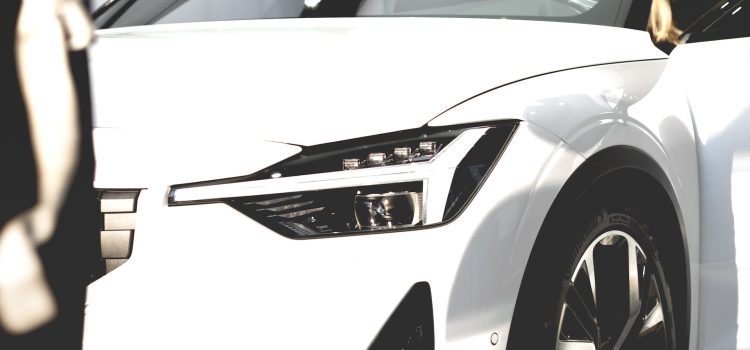
Ferrari, the legendary Italian automaker, has always been known for its beautiful and high-performance sports cars. In September 2020, Ferrari revealed its latest one-off creation, the Ferrari Omologata. This new super GT is a unique masterpiece that combines the latest technology with classic Ferrari design cues.
The Ferrari Omologata is built on the 812 Superfast platform, but it’s far from being just another version of the 812. It’s a unique creation, designed specifically for a wealthy collector who wanted a car that would stand out from the crowd. The Omologata is a perfect example of Ferrari’s one-off program, which allows customers to create a custom Ferrari with their own specifications.
The design of the Ferrari Omologata is a combination of classic and modern styling cues. The car features a sleek and aerodynamic shape, with a long hood and a sloping roofline. The front of the car is dominated by a large grille, with circular headlights and a low-slung front bumper. The side profile is characterized by muscular fenders and a set of unique wheels. At the back, the car features a sleek and modern taillight design, with a large diffuser and quad exhaust pipes.
The interior of the Ferrari Omologata is just as impressive as its exterior. The car features a custom interior, with unique materials and finishes. The seats are covered in brown leather, with a houndstooth pattern on the center inserts. The dashboard is wrapped in black leather, with brown stitching and carbon fiber trim. The steering wheel is also wrapped in brown leather, with a unique design that matches the rest of the interior.
Under the hood, the Ferrari Omologata features a naturally aspirated 6.5-liter V12 engine, which is capable of producing 819 horsepower and 530 lb-ft of torque. The engine is paired with a seven-speed dual-clutch transmission, which allows the car to accelerate from 0 to 60 mph in just 2.9 seconds. The top speed of the car is rumored to be around 210 mph, although Ferrari has not released any official figures.
The Ferrari Omologata is not just a beautiful car; it’s also a high-performance machine. The car features advanced aerodynamics, with a focus on improving downforce and reducing drag. The Omologata has been designed to be a true driver’s car, with a chassis and suspension system that provide excellent handling and stability.
The Ferrari Omologata is a unique creation, and it’s unlikely that we’ll see another one like it on the road. It’s a perfect example of Ferrari’s ability to combine classic design cues with modern technology, resulting in a car that is both elegant and aggressive. The Omologata is a true masterpiece, and it’s sure to be a collector’s item for years to come.










